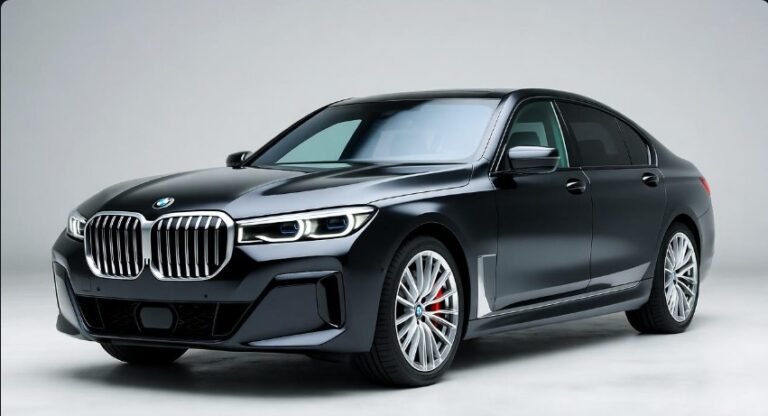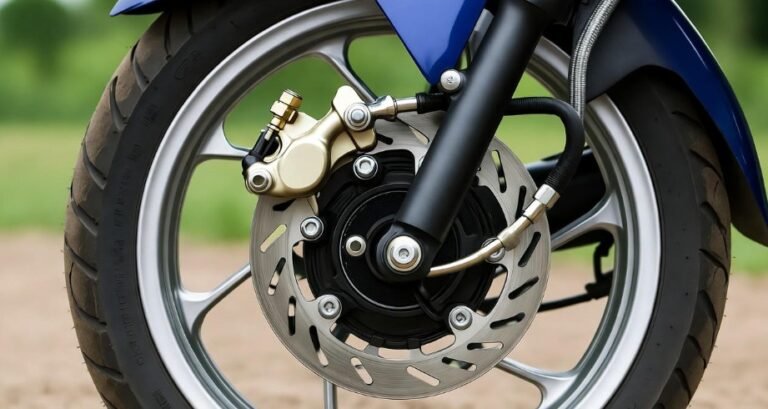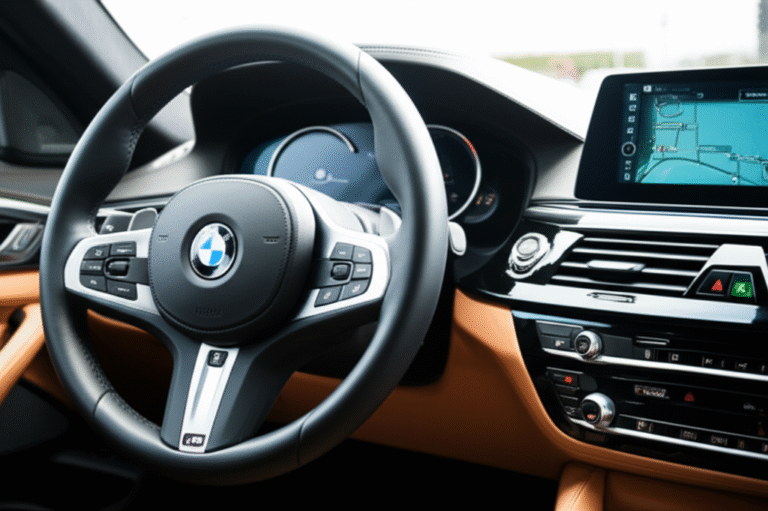BMW GS 310 Crash Guard: 7 Features
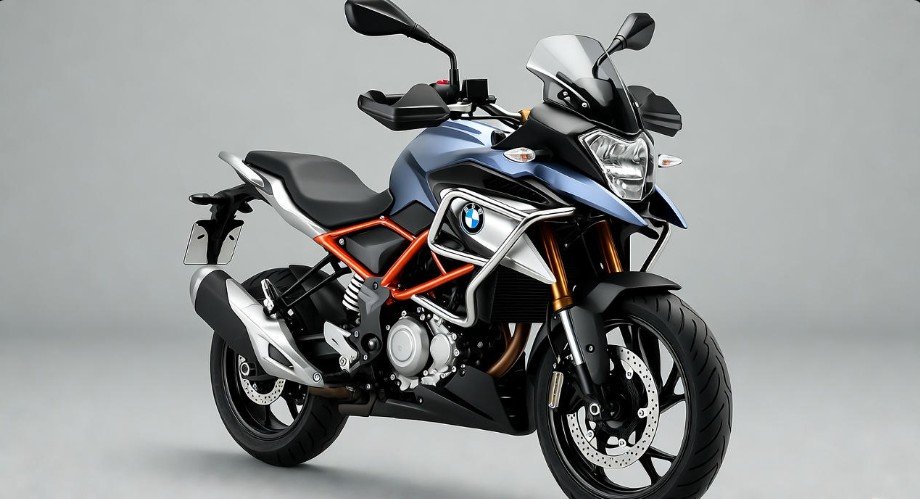
Upgrade your BMW GS 310 with a robust crash guard, a vital accessory offering protection and enhancing your ride’s style by showcasing its 7 essential features.
Key Takeaways
- Protect your BMW GS 310 from damage.
- Enhance bike safety with quality crash guards.
- Understand different material and design options.
- Learn about installation and maintenance benefits.
- Choose the right crash guard for your adventures.
- Explore top features for optimal protection.
Riding your BMW GS 310 is an exhilarating experience, whether you’re navigating city streets or exploring off-road trails. As with any motorcycle, protecting your investment is paramount. One of the most effective ways to do this is by installing a crash guard. But with so many options, what makes a BMW GS 310 crash guard truly stand out? This guide will break down the 7 stunning features you should look for today, ensuring your bike stays safe and looks great. We’ll make understanding these crucial protective accessories simple and straightforward.
Why Invest in a BMW GS 310 Crash Guard?
The BMW GS 310 is a versatile machine, capable of handling diverse riding conditions. However, even seasoned riders can encounter unexpected situations. A minor tip-over or a low-speed slide can result in significant damage to your motorcycle’s fairings, engine, and other expensive components. This is where a high-quality crash guard comes into play. It acts as a sacrificial barrier, absorbing the impact and preventing direct contact between your bike and the ground. Beyond protection, modern crash guards also contribute to the overall aesthetic of your GS 310, adding a rugged, adventure-ready look. You’ll find that investing in this accessory is a wise decision for long-term ownership and peace of mind.
7 Essential Features of a BMW GS 310 Crash Guard
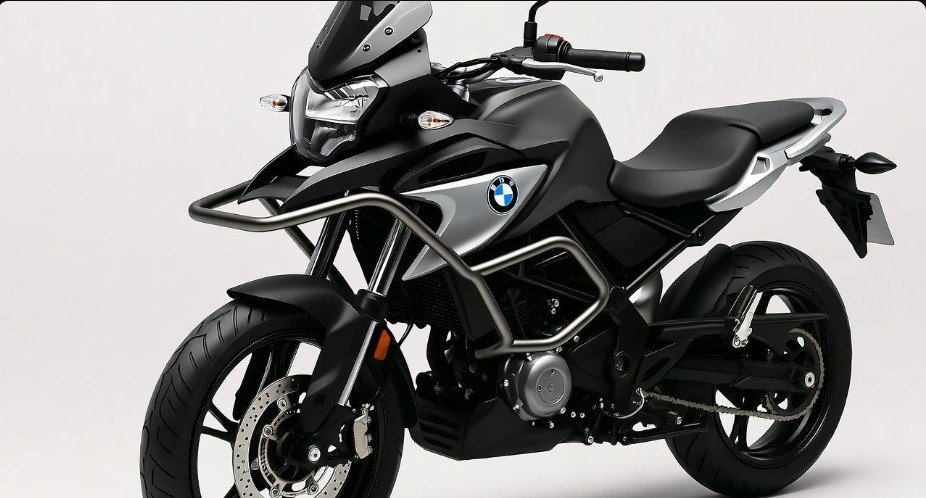
When selecting a crash guard for your BMW GS 310, it’s important to look beyond just its appearance. Several key features contribute to its effectiveness and durability. Let’s dive into the seven most critical aspects that make a crash guard a worthy investment for your ride.
1. Robust Material Construction for Superior Durability
The material used to construct your BMW GS 310 crash guard is fundamental to its protective capabilities. High-quality crash guards are typically made from strong, impact-resistant materials that can withstand significant force. Common and effective materials include:
- Steel Alloy: Offers excellent strength and is a popular choice for its durability and cost-effectiveness. It’s capable of absorbing substantial impact energy.
- Aluminum Alloy: Lighter than steel, aluminum still provides good protection. It’s often chosen for its corrosion resistance and sleek appearance, though it might be less forgiving in extreme impacts compared to robust steel.
- Stainless Steel: Combines the strength of steel with superior corrosion resistance, making it ideal for riders who frequently encounter wet or salty conditions.
When evaluating materials, consider your typical riding environment. For daily commuting and occasional touring, a good steel alloy might suffice. For more adventurous off-road use or riding in harsh weather, stainless steel or a high-grade aluminum alloy could be a better choice. Always check the specifications provided by the manufacturer regarding the type and thickness of the material used.
2. Precision Engineering and Vehicle-Specific Fitment
A truly effective BMW GS 310 crash guard isn’t a universal, one-size-fits-all solution. It needs to be engineered specifically for the BMW GS 310 model. This means the mounting points, tubing diameter, and bends are designed to integrate seamlessly with your bike’s frame. Precision engineering ensures:
- Optimal Protection Coverage: The guard is positioned to protect the most vulnerable parts of your motorcycle, such as the engine block, fuel tank, and fairings.
- Secure Mounting: Vehicle-specific designs utilize existing frame points, ensuring a strong and stable attachment that won’t vibrate loose or compromise the bike’s structural integrity.
- Easy Installation: While some DIY installation is common, a design tailored for your GS 310 will simplify the process, often requiring minimal tools and no permanent modifications to your motorcycle.
Avoid generic crash bars that claim to fit multiple bike models. Look for products explicitly stated as compatible with the BMW GS 310. This attention to detail in design is a hallmark of reputable manufacturers.
3. Impact Absorption and Energy Dissipation
The primary function of a crash guard is to absorb and dissipate the energy from an impact. The best designs go beyond simply being a rigid barrier. They incorporate features that help manage the forces involved in a fall or collision:
- Deformation Zones: Some advanced crash guards are designed to deform in a controlled manner upon impact, gradually absorbing the energy rather than transferring it directly to the frame.
- Slide Protection: The shape and diameter of the tubing are crucial for allowing the motorcycle to slide rather than tumble uncontrollably in a low-speed incident. This can significantly reduce damage to the bike and rider.
- Mounting System Strength: The brackets and hardware used to attach the crash guard play a vital role. They must be strong enough to withstand impact without breaking or bending in a way that could damage the bike’s frame.
Understanding how a crash guard will behave during an impact is key. Manufacturers often conduct real-world tests or simulations to demonstrate the protective capabilities of their designs. Look for information on how effectively the guard dissipates energy.
4. Extended Coverage for Critical Components
While many crash guards protect the engine, the best ones offer extended coverage for other critical and expensive components. For the BMW GS 310, this often includes:
- Engine Case Protection: Safeguarding the primary engine casing from cracks or punctures.
- Fairing and Radiator Guards: Some designs extend upwards to shield the plastic fairings, headlights, and the radiator from impact and debris.
- Fuel Tank Protection: In a tip-over, the fuel tank can easily be dented or scratched. Crash guards with a broader reach can prevent this.
Consider the types of riding you do. If you plan on extensive off-roading, a crash guard offering comprehensive coverage is almost a necessity. For predominantly street use, a more focused engine protection might be sufficient, but extended coverage always offers a greater margin of safety.
5. Aesthetic Integration and Style Enhancement
While protection is paramount, the appearance of your BMW GS 310 is also important. A well-designed crash guard should complement the bike’s existing aesthetics and enhance its overall look. Key aspects include:
- Sleek Design: Modern crash guards often feature clean lines and a profile that matches the adventure-oriented design of the GS 310.
- Color and Finish Options: Many manufacturers offer crash guards in various finishes like matte black, gloss black, silver, or even powder-coated colors to match your bike or personal style.
- Minimal Bulk: A good design provides maximum protection without adding excessive bulk or weight that could detract from the bike’s agility or appearance.
The BMW GS 310 is known for its stylish and rugged dual-sport appeal. A well-chosen crash guard can accentuate this, making your bike look even more ready for adventure. Explore different brands and styles to find one that resonates with your personal taste.
6. Ease of Installation and Maintenance
The process of installing any aftermarket part can sometimes be daunting for beginners. However, a well-designed BMW GS 310 crash guard should offer relatively straightforward installation. Look for:
- Bolt-On Design: Most effective crash guards are designed to be a direct bolt-on application, meaning they use existing mounting points on the motorcycle’s frame.
- Clear Instructions: Manufacturers should provide comprehensive, easy-to-follow installation instructions, often with diagrams or even video tutorials.
- Minimal Tools Required: The installation process should ideally require standard mechanic’s tools.
Beyond initial installation, consider how easy it is to access essential maintenance points on your motorcycle with the crash guard in place. Some designs might obstruct access to oil filters or drain plugs. Reputable brands will ensure that routine maintenance remains convenient. You can find resources on motorcycle maintenance from organizations like the Motorcycle Safety Foundation (MSF), which also offers valuable riding courses.
7. Durability of Finish and Corrosion Resistance
The protective finish on your crash guard is crucial for maintaining its appearance and long-term performance. Harsh weather conditions, road salt, and UV exposure can degrade inferior finishes, leading to rust and a faded look.
- Powder Coating: This is a popular and durable finishing method that creates a tough, attractive layer resistant to chipping, scratching, and fading.
- Anodizing: Often used on aluminum components, anodizing enhances corrosion resistance and provides a hard, wear-resistant surface, typically with a matte finish.
- High-Quality Paint: If painted, ensure it’s a multi-layer automotive-grade paint designed to withstand the elements.
For riders in coastal areas or regions with harsh winters, prioritizing a crash guard with excellent corrosion resistance is essential for longevity. A durable finish not only keeps your bike looking good but also prevents the guard itself from degrading and potentially failing.
Comparing BMW GS 310 Crash Guard Options
Choosing the right BMW GS 310 crash guard involves weighing these features against your specific needs and budget. Not all crash guards are created equal, and some may prioritize certain features over others. Here’s a simplified comparison table to help you visualize the trade-offs:
| Feature | High-End/Premium | Mid-Range | Budget-Friendly |
|---|---|---|---|
| Material | Stainless Steel, High-Grade Aluminum | Steel Alloy, Standard Aluminum | Basic Steel |
| Coverage | Extended (Engine, Fairings, Tank) | Engine Protection Focused | Basic Engine Protection |
| Design/Fitment | Vehicle-Specific, Precision Engineered | Model-Specific or Good Fit | Universal or Generic Fit |
| Finish Durability | Powder-Coated, Anodized, Excellent Corrosion Resistance | Standard Powder Coat or Paint | Basic Paint, Lower Corrosion Resistance |
| Installation | Generally Easy, Well-Documented | Moderate to Easy | Can be Variable, May Require Modding |
| Aesthetics | Sleek, Integrated Design | Functional, Decent Appearance | Utilitarian, May be Bulky |
When making your selection, consider how much you’re willing to invest for the level of protection and aesthetic appeal you desire. For serious off-road enthusiasts or those planning extensive touring, investing in a premium option often pays off in the long run through superior durability and protection.
Pro Tips for Choosing and Installing Your Crash Guard
Pro Tip: Before purchasing, always check online reviews and forums for feedback from other BMW GS 310 owners regarding specific crash guard models. Real-world experiences can offer invaluable insights into fitment, durability, and ease of installation.
Installation Considerations for Your BMW GS 310 Crash Guard
While many crash guards are designed for DIY installation, a little preparation goes a long way. Ensure you have the necessary tools, which typically include a socket set, wrenches, and possibly a torque wrench to ensure fasteners are tightened to the manufacturer’s specifications. Referencing the official BMW service manual for your GS 310 can also be helpful. For any doubts, especially concerning the integrity of the mounting points, it’s always best to consult a professional motorcycle mechanic. Improper installation can compromise the guard’s effectiveness and potentially damage your bike.
Frequently Asked Questions About BMW GS 310 Crash Guards
What is the main purpose of a BMW GS 310 crash guard?
The primary purpose is to protect critical and expensive components of your motorcycle, such as the engine, fairings, and fuel tank, from damage during accidents, tip-overs, or slides.
Are crash guards legal in the USA?
Yes, crash guards are generally legal in the USA. They are considered aftermarket accessories designed for protection. However, always ensure they do not obstruct lighting or obscure license plates in a way that violates local regulations.
Will a crash guard affect my motorcycle’s handling?
A properly designed and installed crash guard for the BMW GS 310 should have a minimal impact on handling. They add a small amount of weight, but this is usually negligible for most riders. Very aggressive off-road riding might reveal marginal differences.
How much does a BMW GS 310 crash guard typically cost?
Prices can vary significantly, but expect to pay anywhere from $150 to $400 or more for a quality BMW GS 310 crash guard, depending on the brand, materials, and features.
Do I need a crash guard if I only ride on paved roads?
Even on paved roads, low-speed spills, parking lot incidents, or collisions can cause significant damage. A crash guard offers a valuable safety net and can prevent costly repairs, making it a worthwhile investment for most riders.
How do I clean and maintain my crash guard?
Regular cleaning with mild soap and water is usually sufficient. For metal guards, periodically check for any signs of corrosion and address them promptly with appropriate treatments. Ensure all mounting hardware remains tight.
Can a crash guard make my BMW GS 310 look better?
Absolutely! Many modern crash guards are designed to complement the aggressive styling of adventure bikes like the GS 310, enhancing its rugged appeal and giving it a more purposeful, adventure-ready look.
Conclusion
The BMW GS 310 crash guard is an essential accessory for any rider looking to safeguard their motorcycle and enjoy their adventures with greater peace of mind. By understanding the 7 key features—robust material, precision engineering, impact absorption, extended coverage, aesthetic integration, ease of installation, and durable finish—you can make an informed decision. Whether you’re a daily commuter, a weekend warrior, or an avid off-road explorer, investing in a quality crash guard tailored for your BMW GS 310 is a smart move that protects your investment and enhances your riding experience. Ride safe and explore further!

